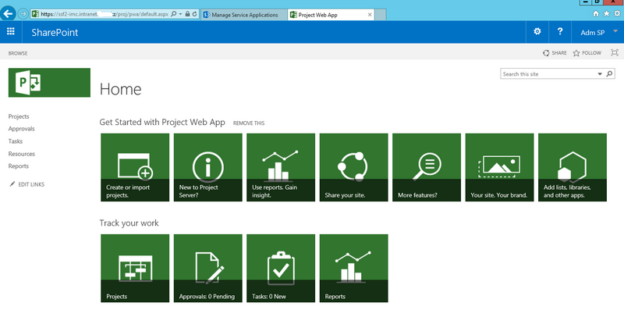Office Online Server unattended setup
Scenario:
1) you need to install Office Online Server as a part of process (Powershell script or DSC configuration)
2) you cannot use system (C:) drive. I.e. OOS must be installed on, e.g. D: drive
Solution: use “config.xml”.
Config.xml example:
<Configuration>
<Logging Type="verbose" Path="d:\tmp" Template="OOServerSetup(*).log"/>
<Display Level="none" CompletionNotice="no" />
<INSTALLLOCATION Value="d:\Program Files\Microsoft Office Servers\"/>
<Setting Id="USINGUIINSTALLMODE" Value="0"/>
<Setting Id="SETUPTYPE" Value="CLEAN_INSTALL"/>
<Setting Id="SETUP_REBOOT" Value="Never"/>
</Configuration>
Command-line run example:
setup.exe /config d:\config.xml
Powershell script example:
Start-Process "d:\source\OOS\setup.exe" -ArgumentList "/config d:\config.xml" -Wait
Powershell DSC configuration example:
include ” <INSTALLLOCATION Value=”d:\Program Files\Microsoft Office Servers\”/>”
into “d:\source\OOS\Files\SetupSilent\config.xml”, so when your LCM will run
OfficeOnlineServerInstall OOSInstall
{
Ensure = "Present"
Path = "d:\Distrs\OOS\setup.exe"
}
by default “d:\source\OOS\Files\SetupSilent\config.xml” will be used.
===============================================================================
references:
https://docs.microsoft.com/en-us/officeonlineserver/deploy-office-online-server
note:
Install the following software:
Visual C++ Redistributable Packages for Visual Studio 2013
Visual C++ Redistributable for Visual Studio 2015
Microsoft.IdentityModel.Extention.dll
is not required?
I.e. OOS farm will work, but report Unhealthy…



